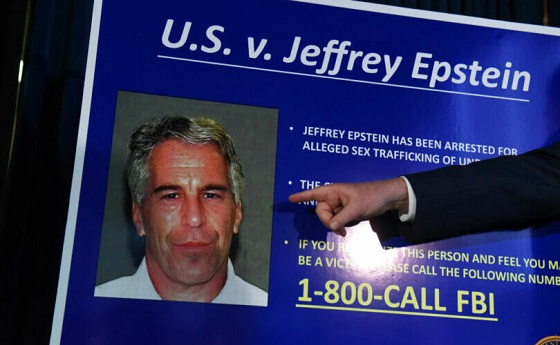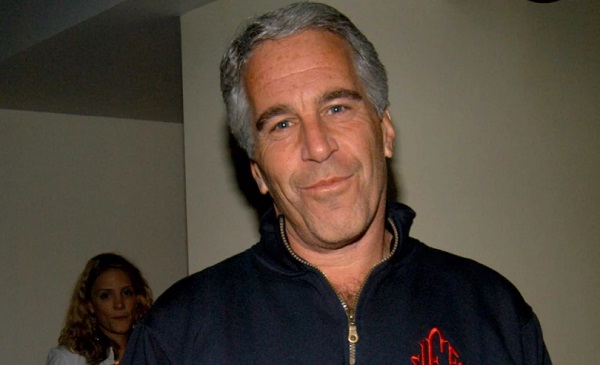Addictions
Four new studies show link between heavy cannabis use, serious health risks
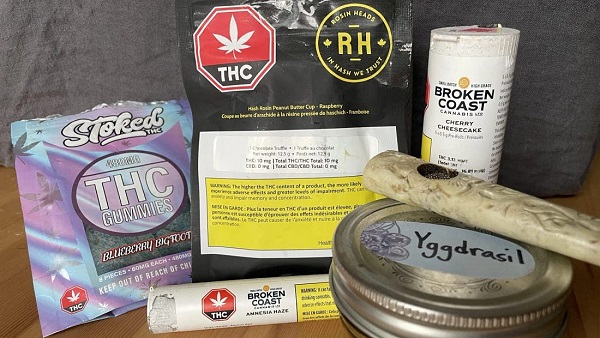
Cannabis products purchased in Ontario and B.C., including gummies, pre-rolled joints, chocolates and dried flower; April 11, 2025. [Photo credit: Alexandra Keeler]
By Alexandra Keeler
New Canadian research shows a connection between heavy cannabis use and dementia, heart attacks, schizophrenia and even death
Six months ago, doctors in Boston began noticing a concerning trend: young patients were showing up in emergency rooms with atypical symptoms and being diagnosed with heart attacks.
“The link between them was that they were heavy cannabis users,” Dr. Ahmed Mahmoud, a cardiovascular researcher and physician in Boston, told Canadian Affairs in an interview.
These frontline observations mirror emerging evidence by Canadian researchers showing heavy cannabis use is associated with significant adverse health impacts, including heart attacks, schizophrenia and dementia.
Sources warn public health measures are not keeping pace with rapid changes to cannabis products as the market is commercialized.
“The irony of this moment is that society’s risk perception of cannabis is at an all-time low, at the exact moment that the substance is probably having increasingly negative health impacts,” said Dr. Daniel Myran, a physician and Canada Research Chair at the University of Ottawa. Myran was lead researcher on three new Canadian studies on cannabis’ negative health impacts.
Legalization
Canada was the first G7 country to create a commercial cannabis market when it legalized the production and sale of cannabis in 2018.
The drug is now widely used in Canada.
In the 2024 Canadian Cannabis Survey, an annual government survey of cannabis trends, 26 per cent of respondents said they used cannabis for non-medical purposes in the past year, up from 22 per cent in 2018. Among youth, that number was 41 per cent.
Health Canada’s website warns that cannabis use can lower blood pressure and raise heart rates, which can increase the risk of a heart attack. But the warnings on cannabis product labels vary. Some mention risks of anxiety or effects on memory and concentration, but make no mention of cardiovascular risks.
The annual cannabis survey also shows a significant percentage of Canadians remain unaware of cannabis’ health risks.
In the survey, only 70 per cent of respondents said they had enough reliable information to make informed decisions about cannabis use. And 50 per cent of respondents said they had not seen any education campaigns or public health messages about cannabis.
At the same time, researchers are finding mounting evidence that cannabis use is associated with health risks.
A 2023 study by researchers at the University of Calgary, the University of Alberta and Alberta Health Services found that adults with cannabis use disorder faced a 60 per cent higher risk of experiencing adverse cardiovascular events — including heart attacks. Cannabis use disorder is marked by the inability to stop using cannabis despite negative consequences, such as work, social, legal or health issues.
Between February and April of this year, three other Canadian studies linked frequent cannabis use to elevated risks of developing schizophrenia, dementia and mortality. These studies were primarily conducted by researchers at the Ottawa Hospital Research Institute and ICES uOttawa (formerly the Institute for Clinical Evaluative Sciences).
“These results suggest that individuals who require hospital-based care for a [cannabis use disorder] may be at increased risk of premature death,” said the study linking cannabis-related hospital visits with increased mortality rates.
The three 2024 studies all examined the impacts of severe cannabis use, suggesting more moderate users may face lower risks. The researchers also cautioned that their research shows a correlation between heavy cannabis use and adverse health effects, but does not establish causality.
Subscribe for free to get BTN’s latest news and analysis – or donate to our investigative journalism fund.
Budtenders
Health experts say they are troubled by the widespread perception that cannabis is entirely benign.
“It has some benefits, it has some side effects,” said Mahmoud, the Boston cardiovascular researcher. “We need to raise awareness about the side effects as well as the benefits.”
Some also expressed concern that the commercialization of cannabis products in Canada has created a race to produce products with elevated levels of THC, the main psychoactive compound that produces a “high.”
THC levels have more than doubled since legalization, yet even products with high THC levels are marketed as harmless.
“The products that are on the market are evolving in ways that are concerning,” Myran said. “Higher THC products are associated with considerably more risk.”
Myran views cannabis decriminalization as a public health success, because it keeps young people out of the criminal justice system and reduces inequities faced by Indigenous and racialized groups.
“[But] I do not think that you need to create a commercial cannabis market or industry in order to achieve those public health benefits,” he said.
Since decriminalization, the provinces have taken different approaches to regulating cannabis. But even in provinces where governments control cannabis distribution, such as New Brunswick and Nova Scotia, products with high THC levels dominate retail shelves and online storefronts.
In Myran’s view, federal and provincial governments should instead be focused on curbing harmful use patterns, rather than promoting cannabis sales.
Ian Culbert, executive director of the Canadian Public Health Association, thinks governments’ financial interest in the cannabis industry creates a conflict of interest.
“[As with] all regulated substances, governments are addicted to the revenue they create,” he said. “But they also have a responsibility to safeguard the well-being of citizens.”
Culbert believes cannabis retailers should be required to educate customers about health risks — just as bartenders are required to undergo Smart Serve training and lottery corporations are required to mitigate risks of gambling addiction.
“Give ‘budtenders’ the training around potential health risks,” he said.
“While cannabis may not be the cause of some of these negative health events … it is the intersection at which an intervention can take place through the transaction of sales. So is there something we can do there that can change the trajectory of a person’s life?”
This article was produced through the Breaking Needles Fellowship Program, which provided a grant to Canadian Affairs, a digital media outlet, to fund journalism exploring addiction and crime in Canada. Articles produced through the Fellowship are co-published by Break The Needle and Canadian Affairs.
Our content is always free – but if you want to help us commission more high-quality journalism, consider getting a voluntary paid subscription.
Addictions
More young men want to restrict pornography: survey

From LifeSiteNews
Nearly 64% of American men now believe online pornography should be more difficult to access, with even higher numbers of women saying the same thing.
A new survey has shown that an increasing number of young men want more restrictions on online pornography.
According to a survey by the American Enterprise Institute’s Survey Center on American Life, nearly 7 in 10 (69 percent) of Americans support the idea of making online pornography less accessible. In 2013, 65 percent expressed support for policies restricting internet pornography.
The most substantial increase in the support for restrictive measures on pornography could be observed in young men (age 18-24). In 2013, about half of young men favored restrictions, while 40 percent actively opposed such policies. In 2025, 64 percent of men believe accessing online pornography should be made more difficult.
The largest support for restriction on internet pornography overall could be measured among older men (65+), where 73 percent favored restrictions. An even larger percentage of women in each age group supported making online pornography less accessible. Seventy-two percent of young women (age 18-24) favored restriction, while 87 percent of women 55 years or older expressed support for less accessibility of internet pornography.
Viewing pornography is highly addictive and can lead to serious health problems. Studies have shown that children often have their first encounter with pornography at around 12 years old, with boys having a lower average age of about 10-11, and some encountering online pornography as young as 8. Studies have also shown that viewing pornography regularly rewires humans brains and that children, adolescents, and younger men are especially at risk for becoming addicted to online pornography.
According to Gary Wilson’s landmark book on the matter, “Your Brain on Porn,” pornography addiction frequently leads to problems like destruction of genuine intimate relationships, difficulty forming and maintaining real bonds in relationship, depression, social anxiety, as well as reduction of gray matter, leading to desensitization and diminished pleasure from everyday activities among many others.
Addictions
Can addiction be predicted—and prevented?

These four personality traits are predictive of addiction. A new program is using this knowledge to prevent addiction from ever developing
In classrooms across Canada, addiction prevention is getting personal.
Instead of warning students about the dangers of drugs, a program called PreVenture teaches students about themselves — and it’s working.
Developed by Canadian clinical psychologist Patricia Conrod, PreVenture helps young people recognize how traits like risk-taking or negative thinking shape their reactions to stress.
“When you intervene around these traits and help people learn new cognitive behavioural strategies to manage these traits, you are able to reduce their substance use,” said Conrod, who is also a professor at the Université de Montréal.
By tailoring addiction prevention strategies to individual personality profiles, the program is changing how we think about addiction — from something we react to, to something we might stop before it starts.
And now, scientists say the potential for early intervention is going even deeper — down to our genes.
Personality and addiction
PreVenture is a personality-targeted prevention program that helps young people understand and manage traits linked to a higher propensity for future substance use.
The program focuses on four core traits — anxiety sensitivity, sensation seeking, impulsivity and hopelessness — that shape how individuals experience the world and respond to stress, social situations and emotional challenges.
“They don’t only predict who’s at risk,” said Conrod in an interview with Canadian Affairs. “They predict what you’re at risk for with quite a lot of specificity.”
Anxiety sensitivity shows up in people who feel overwhelmed by physical symptoms like a racing heart or dizziness. People with this trait may ultimately turn to alcohol, benzodiazepines such as Xanax, or opioids to calm their bodies.
Sensation seeking is characterized by a desire for excitement and novel experiences. This trait is associated with a higher likelihood of being drawn to substances like cannabis, MDMA, psilocybin or other hallucinogens.
“[Cannabis] alters their perceptual experiences, and so makes things feel more novel,” said Conrod.
Sensation seeking is also associated with binge drinking or use of stimulants such as cocaine.
The trait of impulsivity involves difficulty controlling urges and delaying gratification. This trait is associated with a higher likelihood of engaging in risky behaviours and an increased risk of addiction to a broad range of substances.
“Young people with attentional problems and a core difficulty with response inhibition have a hard time putting a stop on a behaviour once they’ve initiated it,” said Conrod.
Finally, the trait of hopelessness is tied to a pessimistic, self-critical mindset. People with this trait often expect rejection or assume others are hostile, so they may use alcohol or opioids to dull emotional pain.
“We call it negative attributional style,” said Conrod. “They have come to believe that the world is against them, and they need to protect themselves.”
These traits also cluster into two broader categories — internalizing and externalizing.
Anxiety sensitivity and hopelessness direct distress inward, while sensation seeking and impulsivity are characterized by outward disinhibition.
“These traits change your perception,” said Conrod. “You see the world differently through these traits.”
Conrod also notes that these traits appear across cultures, making targeted addiction prevention broadly applicable.
Personality-based prevention
Unlike most one-size-fits-all drug prevention programs, PreVenture tailors its prevention strategies for each individual trait category to reduce substance use risk.
The program uses a brief personality assessment tool to identify students’ dominant traits. It then delivers cognitive-behavioural strategies to help users manage stress, emotions and risky behaviours associated with them.

Recreation of the personality assessment tool based on the substance use risk profile scale — a scale measuring traits linked to reinforcement-specific substance use profiles. | Alexandra Keeler
Students learn to recognize how their dominant trait influences their thoughts and reactions — and how to shift those patterns in healthier directions.
“We’re trying to raise awareness to young people about how these traits are influencing their automatic thinking,” said Conrod. “You’re having them be a little more critical of their thoughts.”
Hopelessness is addressed by teaching strategies to challenge depressive thoughts; those high in sensation seeking explore safer ways to satisfy their need for stimulation; anxiety sensitivity is managed through calming techniques; and impulsivity is reduced by practicing pausing before acting.
Crucially, the program emphasizes the strengths of each trait as well.
“We try to present [traits] in a more positive way, not just a negative way,” said Sherry Stewart, a clinical psychologist at Dalhousie University who collaborates with Conrod.
“Your personality gets you into trouble — certainly, we discuss that — but also, what are the strengths of your personality?”
While a main goal of the program is preventing substance use disorders, the program barely discusses substances.
“You don’t really have to talk about substances very much,” said Conrod. “You talk more about how you’re managing the trait, and it has this direct impact on someone’s motivation to use, as well as how severely they experience mental health symptoms.”
The workshops make it clear, however, that while substances may offer temporary relief, they often worsen the very symptoms participants are trying to manage.
The genetic angle
Catherine Brownstein, a Harvard Medical School professor and geneticist at Boston Children’s Hospital, says genetic factors also help explain why some people are more vulnerable to addiction.
“A lot of personality is genetic,” she said in an interview with Canadian Affairs.
Her research has identified 47 locations in human DNA that affect brain development and shape personality traits.
While substance use risk cannot yet be detected genetically, certain gene variants — like SHANK3, NRXN1 and CRY1 — are linked to psychiatric disorders that often co-occur with substance use, including ADHD and schizophrenia.
Brownstein also says genetic variations influence pain perception.
Some variants increase pain sensitivity, while others eliminate it altogether. One such gene, SCN9A, may make individuals more likely to seek opioids for relief.
“If you’re in pain all the time, you want it to stop, and opioids are effective,” said Brownstein.
While we cannot yet predict addiction risk from genetics alone, Brownstein says she thinks genetic screening combined with psychological profiling could one day personalize prevention even further.
Expansion and challenges
Conrod’s personality-targeted intervention program, PreVenture, has proven highly effective.
A five-year study published in January found that students who participated in PreVenture workshops were 23 to 80 per cent less likely to develop substance use disorders by Grade 11.
Stewart says that the concept of PreVenture began with adults with substance use disorders, but research suggests earlier intervention can alter life trajectories. That insight has driven PreVenture’s expansion to younger age groups.
Conrod’s team delivers PreVenture to middle and high school students, UniVenture to university students and OpiVenture to adults in treatment for opioid dependence.
PreVenture has been implemented in schools across the U.S. and Canada, including in B.C., Ontario, Quebec, Nova Scotia and Newfoundland and Labrador. Five Canadian universities are participating in the UniVenture study.
However, currently, Canada’s flagship youth prevention strategy is based on the Icelandic Prevention Model — a 1990s framework that aims to reduce youth substance use by focusing on environmental factors such as family, school and peer influence.
While the Icelandic Prevention Model has shown success in Iceland, it has serious limitations. It lacks a mental health component, does not specifically address opioid use and has demonstrated mixed results by gender.
Despite strong evidence for personality-targeted prevention, programs like PreVenture remain underused.
Conrod says education systems often default to less effective, generic methods like one-off guest speakers. She also cites staffing shortages and burnout in schools, along with insufficient mental health services, as major barriers to implementing a new program.
Still, momentum is building.
B.C. has aligned their prevention services with the PreVenture model. And organizations such as the youth wellness networks Foundry B.C. and Youth Wellness Hubs Ontario are offering the program and expanding its reach.
Conrod believes the power of the program lies in helping young people feel seen and understood.
“It’s really important that a young person is provided with the space and focus to recognize what’s unique about [their] particular trait,” she said.
“Recognize that there are other people in the world that also think this way [and tell them] you’re not going crazy.”
This article was produced through the Breaking Needles Fellowship Program, which provided a grant to Canadian Affairs, a digital media outlet, to fund journalism exploring addiction and crime in Canada. Articles produced through the Fellowship are co-published by Break The Needle and Canadian Affairs.
-

 Also Interesting2 days ago
Also Interesting2 days ago9 Things You Should Know About PK/PD in Drug Research
-

 Business2 days ago
Business2 days ago‘Experts’ Warned Free Markets Would Ruin Argentina — Looks Like They Were Dead Wrong
-
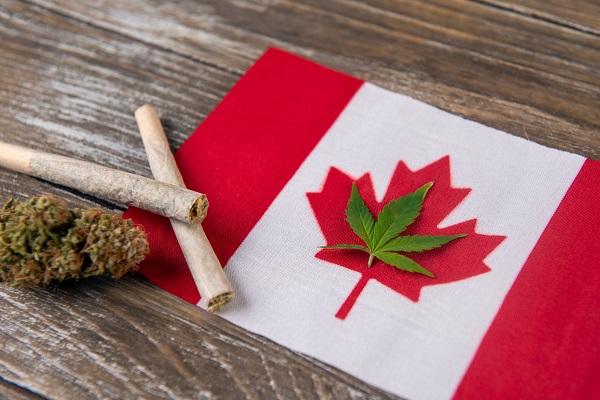
 Business2 days ago
Business2 days agoCannabis Legalization Is Starting to Look Like a Really Dumb Idea
-

 Bruce Dowbiggin1 day ago
Bruce Dowbiggin1 day agoThe Covid 19 Disaster: When Do We Get The Apologies?
-
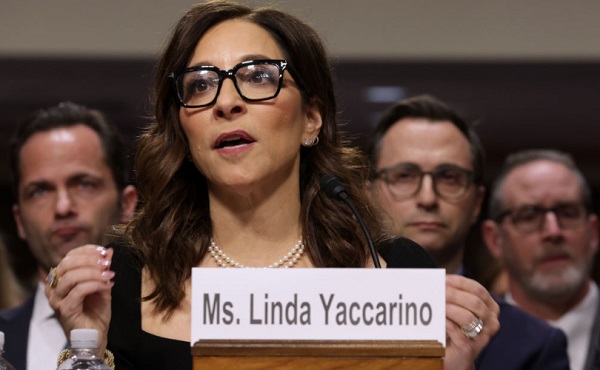
 Business2 days ago
Business2 days agoWEF-linked Linda Yaccarino to step down as CEO of X
-

 Business1 day ago
Business1 day agoCarney government should recognize that private sector drives Canada’s economy
-

 Media2 days ago
Media2 days agoCBC journalist quits, accuses outlet of anti-Conservative bias and censorship
-

 Automotive2 days ago
Automotive2 days agoAmerica’s EV Industry Must Now Compete On A Level Playing Field






